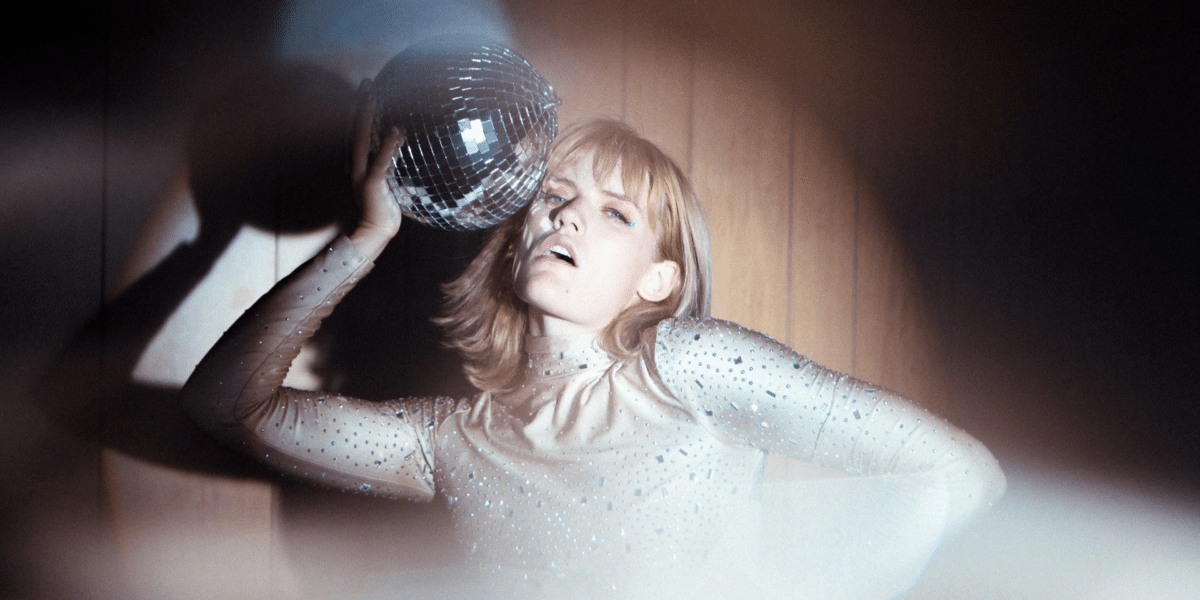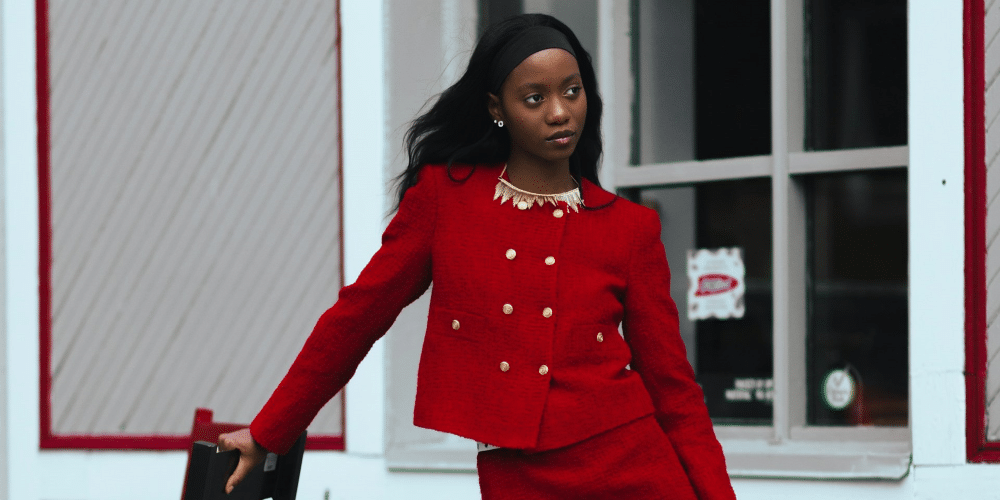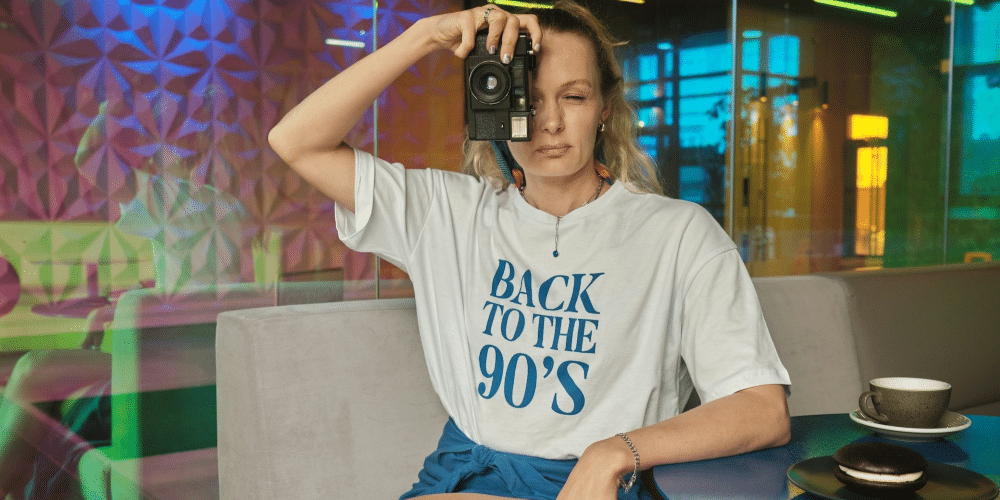Business wear, once regarded as merely functional attire for the workplace, has undergone a remarkable transformation over the years, evolving into a fashion subject in its own right. From traditional suits and ties to modern, stylish ensembles, the way we dress for work has become a reflection of our personal style and professional identity. In this article, we’ll explore how business wear has evolved from a practical necessity to a fashion statement, influencing trends in the workplace and beyond.
The Rise of Formal Business Attire
In the early days of corporate culture, business wear was synonymous with formal attire, characterized by tailored suits, crisp dress shirts, and polished leather shoes. This dress code reflected the conservative values and professional standards of the time, emphasizing professionalism, authority, and conformity in the workplace. Men typically wore dark-colored suits with matching ties, while women opted for tailored dresses or skirt suits paired with blouses and pumps.
Moreover, formal business attire was not just about aesthetics but also served as a symbol of status and success in the corporate world. Executives and senior management often used their clothing choices to convey authority, professionalism, and credibility, projecting an image of competence and leadership to clients, colleagues, and subordinates alike.
Shifting Cultural Norms
As cultural norms and societal attitudes began to change in the latter half of the 20th century, so too did the landscape of business wear. The rise of casual Fridays in the 1990s marked a significant shift in workplace attire, as companies began to relax their dress codes in response to changing attitudes towards work-life balance and employee morale. This trend towards more casual dress extended beyond Fridays, with many companies adopting business casual attire as the new norm.
Furthermore, the emergence of Silicon Valley tech culture in the late 20th and early 21st centuries challenged traditional notions of business attire, with tech executives and entrepreneurs often eschewing formal dress codes in favor of casual attire such as jeans, t-shirts, and sneakers. This laid-back approach to dressing for work influenced broader cultural attitudes towards business wear, paving the way for more relaxed and informal dress codes in the workplace.
Embracing Individuality and Personal Style
In recent years, there has been a growing emphasis on embracing individuality and personal style in the workplace, leading to a diversification of business wear styles and aesthetics. While traditional business attire still has its place in certain industries and professional settings, many companies are now encouraging employees to express themselves through their clothing choices. This shift towards more relaxed and flexible dress codes has paved the way for a more diverse and inclusive approach to business wear.
Additionally, the rise of social media and digital platforms has empowered individuals to showcase their personal style and fashion sense to a global audience, inspiring others to experiment with new trends and embrace their unique identity in the workplace. From bold patterns and colors to statement accessories, business wear has become a canvas for self-expression and creativity, allowing individuals to convey their personality and values through their clothing choices.
The Influence of Technology and Innovation
Advancements in technology and innovation have also played a role in shaping the evolution of business wear. The rise of remote work and telecommuting, accelerated by the COVID-19 pandemic, has led to a blurring of the lines between work and leisurewear. As more people work from home or in casual office environments, there has been a growing demand for comfortable yet stylish clothing that can transition seamlessly from work to play.
Moreover, technological innovations in fabric technology and garment design have enabled the development of performance-driven business wear that combines style with functionality. From moisture-wicking fabrics to wrinkle-resistant materials, these advancements have revolutionized the way we dress for work, allowing us to stay comfortable and stylish throughout the workday. As technology continues to evolve, so too will the possibilities for innovation in business wear, shaping the future of workplace fashion in the digital age.
Fashion Trends in Business Wear
Today, business wear encompasses a wide range of styles and trends, from classic tailoring to contemporary streetwear-inspired looks. Blazers and trousers are still staples of the modern work wardrobe, but they are often paired with more casual elements such as t-shirts, sneakers, or even denim. The rise of athleisure – clothing designed for both athletic and everyday wear – has also influenced business wear, with many professionals opting for comfortable yet stylish activewear-inspired pieces.
Additionally, sustainability and ethical fashion have become increasingly important considerations in business wear, with many consumers seeking out eco-friendly and socially responsible clothing options. From sustainable materials and production methods to fair labor practices and supply chain transparency, ethical fashion is reshaping the way we think about business wear and its impact on the environment and society. As awareness of these issues grows, so too will the demand for sustainable and ethical business wear options, driving positive change in the fashion industry.
The Role of Fashion Brands and Designers
Fashion brands and designers have played a significant role in shaping the evolution of business wear, introducing new styles, fabrics, and silhouettes that cater to the changing needs and preferences of modern professionals. From luxury labels to high-street retailers, fashion brands are continually innovating and reimagining classic business wear pieces, offering a diverse range of options for today’s style-conscious consumers.
Furthermore, collaborations between fashion brands and celebrities, influencers, and tastemakers have helped to popularize new trends and styles in business wear, driving consumer demand and shaping cultural attitudes towards workplace fashion. From capsule collections and limited-edition releases to exclusive collaborations, these partnerships have brought fresh perspectives and creativity to the world of business wear, inspiring individuals to experiment with new looks and express their personal style in the workplace.
The Impact of Social Media and Influencers
Social media and influencers have also had a profound impact on the way we perceive and engage with business wear. Platforms like Instagram and Pinterest have become virtual fashion runways, where users can discover new trends, get style inspiration, and share their own looks with a global audience. Influencers, including fashion bloggers, stylists, and celebrities, often showcase their work attire, providing followers with ideas and inspiration for creating their own professional looks.
Moreover, the democratization of fashion through social media has empowered individuals of all backgrounds and body types to embrace their unique style and express themselves through their clothing choices. By sharing diverse representations of business wear and challenging traditional beauty standards, influencers have helped to promote inclusivity and diversity in the workplace, inspiring others to celebrate their individuality and authenticity. As social media continues to evolve, so too will its influence on business wear, shaping the future of workplace fashion in the digital age.
A Reflection of Ourselves
In conclusion, the evolution of business wear from a functional necessity to a fashion subject reflects broader shifts in workplace culture, societal norms, and individual expression. From formal suits and ties to casual-chic ensembles, the way we dress for work has become a reflection of our personal style, professional identity, and lifestyle preferences.
As technology, innovation, and cultural attitudes continue to evolve, so too will the landscape of business wear, shaping the future of fashion in the workplace and beyond. By embracing individuality, creativity, and inclusivity, we can create a more vibrant and dynamic workplace fashion culture that celebrates the diverse identities and experiences of modern professionals. So whether you prefer classic tailoring or contemporary streetwear, don’t be afraid to express yourself and make a fashion statement in the workplace!













